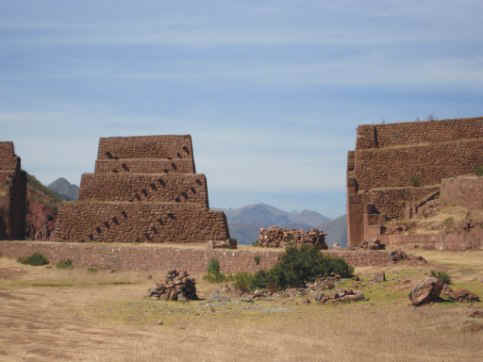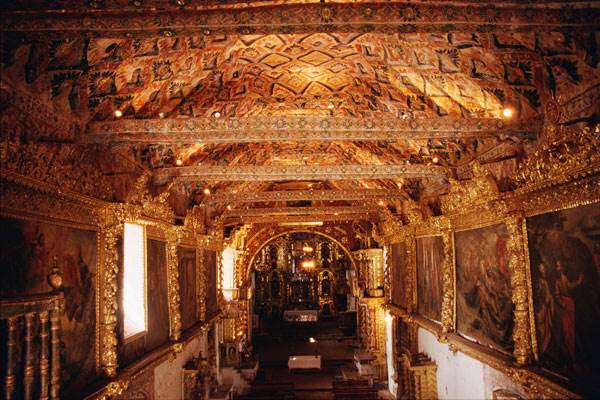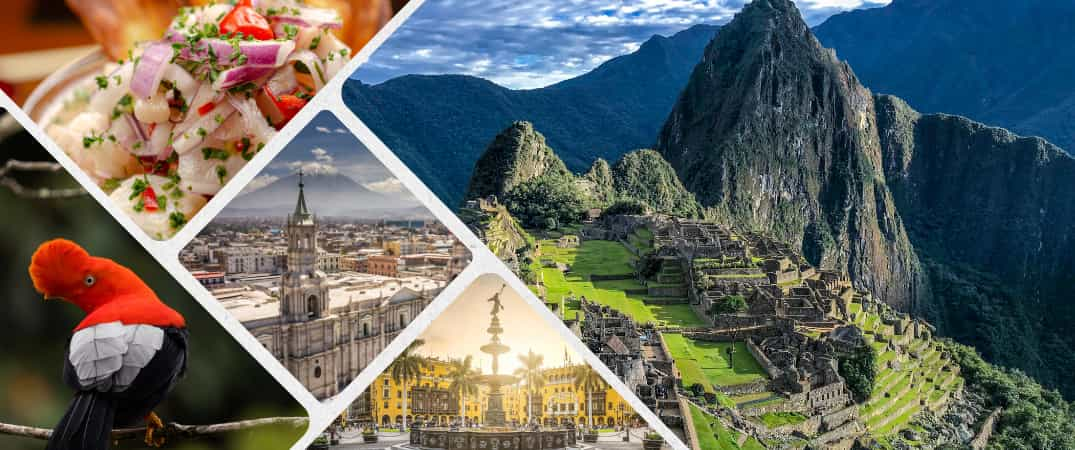Cusco is a festival of sights and attractions, some of them yet to be
discovered. We present you the southern valley: the other valley. The
walk-through of the Cusco-Puno passing through an important mountain
scenery, picturesque villages with a good Gastronomy and Hispanic and
colonial architecture, naturale mirrors and culture alive. Come and
discover the other valley.
Tipón
This picturesque set of terraces, long stairways and stone canals is
located 20 km south of the city. Evidence suggests that Tipón was part
of a royal hacienda belonging to Inca Yahuar Huaca, as well as a place
of worship and agricultural research. An outstanding is the sense of
harmony in the channeling of water via stone structures including
aqueducts (some of which are underground), waterfalls and gullies,
indicating the Incas’ knowledge of hydraulics.
Pikillacta and Lake Lucre

Built at the peak of the Wari culture (500-900 AD), this large urban and
ceremonial center of almost two square kilometers was built as a
massive set of stone and mud structures on a hill overlooking the
beautiful Lake Lucre or Huacarpay. Pikillacta, or “city of fleas”, is
perhaps the largest pre-Inca urban center in the area. It gets its name
from its numerous enclosures (measuring just 4 meters each) which, it
would seem, were part of a garrison constructed to protect the site.
San Pedro de Andahuaylillas

One of the most beautiful colonial towns in the region, has a
picturesque main square with leafy pisonay trees hanging overhead, which
is surrounded by old estates. Its main attraction is its distinctive
church, San Pedro de Andahuaylillas, which was built in the seventeenth
century and is considered to be a World Heritage Site by UNESCO. Its
interior, elaborately decorated with paintings, is simply breathtaking.
It also houses oil on canvas paintings from the Escuela Cuzqueña and
Baroque altars made of carved.
Raqchi – Wiracocha Temple
Built in the fifteenth century, it is considered by the historians to be
one of the most audacious Inca constructions. The remarkable Wiracocha
temple, 100 meters (328 feet) long and 20 meters (66 feet) wide is made
of adobe walls built on top of volcanic stone foundations. The complex
also includes a residential area made for the Inca nobles and dozens of
circular warehouses to store food.
Q’eswachaka bridge
The Q’eswachaka bridge is located across the Apurimac river, at about
(3,900m/ 13,000 feet), in Canas province. This handwoven grass bridge
spans 120 feet, and is rebuilt every one or two years as communal effort
by all the local people of the region. About 700 men and women form the
communities Huinchiri, Ccollana come to Q’eswachaka to a Fiesta that
celebrates the construction of the bridge. The final day of the fiesta
is the second Sunday in June, where you can see typical dances and walk
across the completed bridge. You can also visit the bridge site, in the
days preceding, to see the bridge building in progress.
The weaving and construction techniques have passed from generation to
generation since the bridge was first built by the Incas. It is the only
remaining example of an “Inca” hanging bridge that can be seen today.

